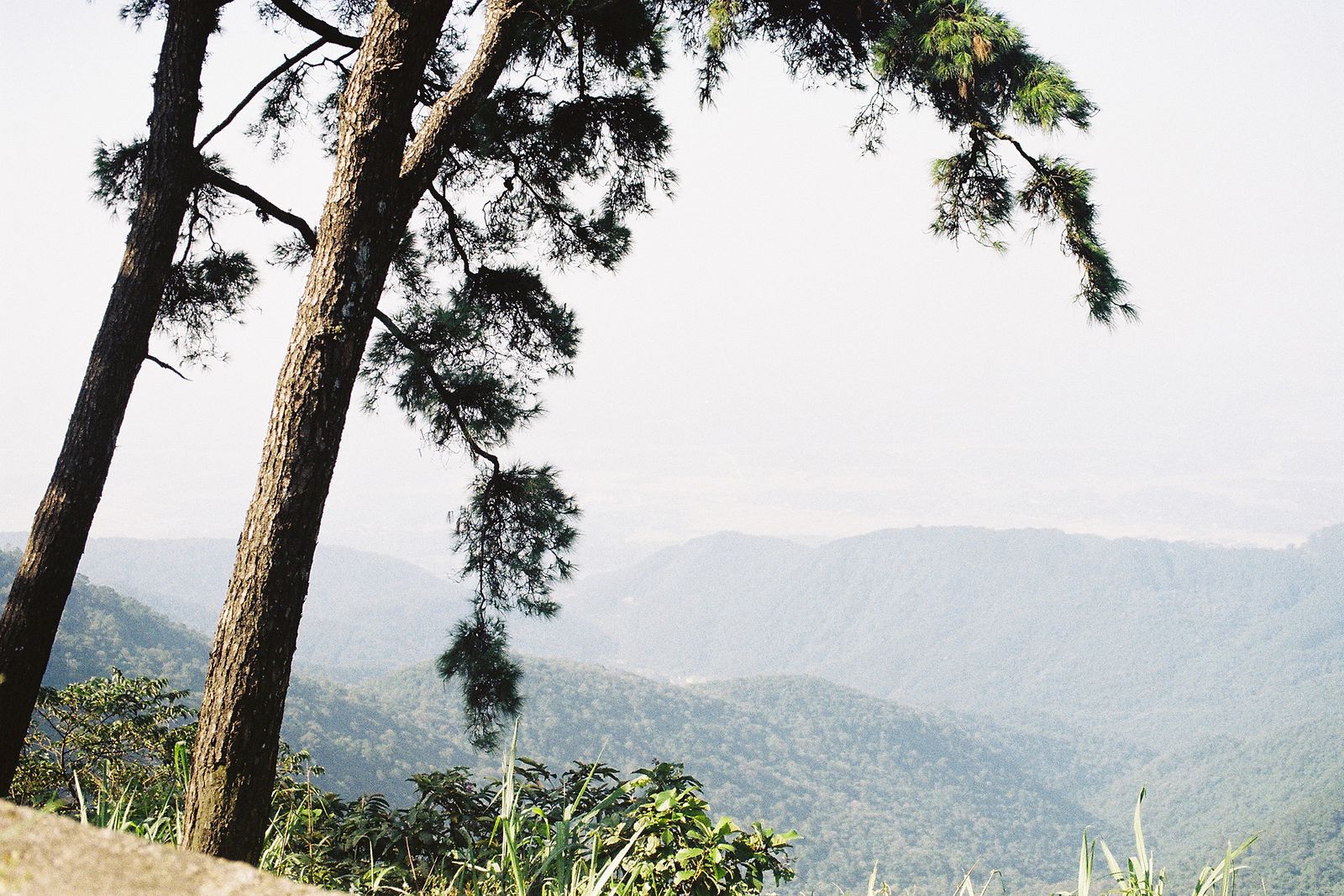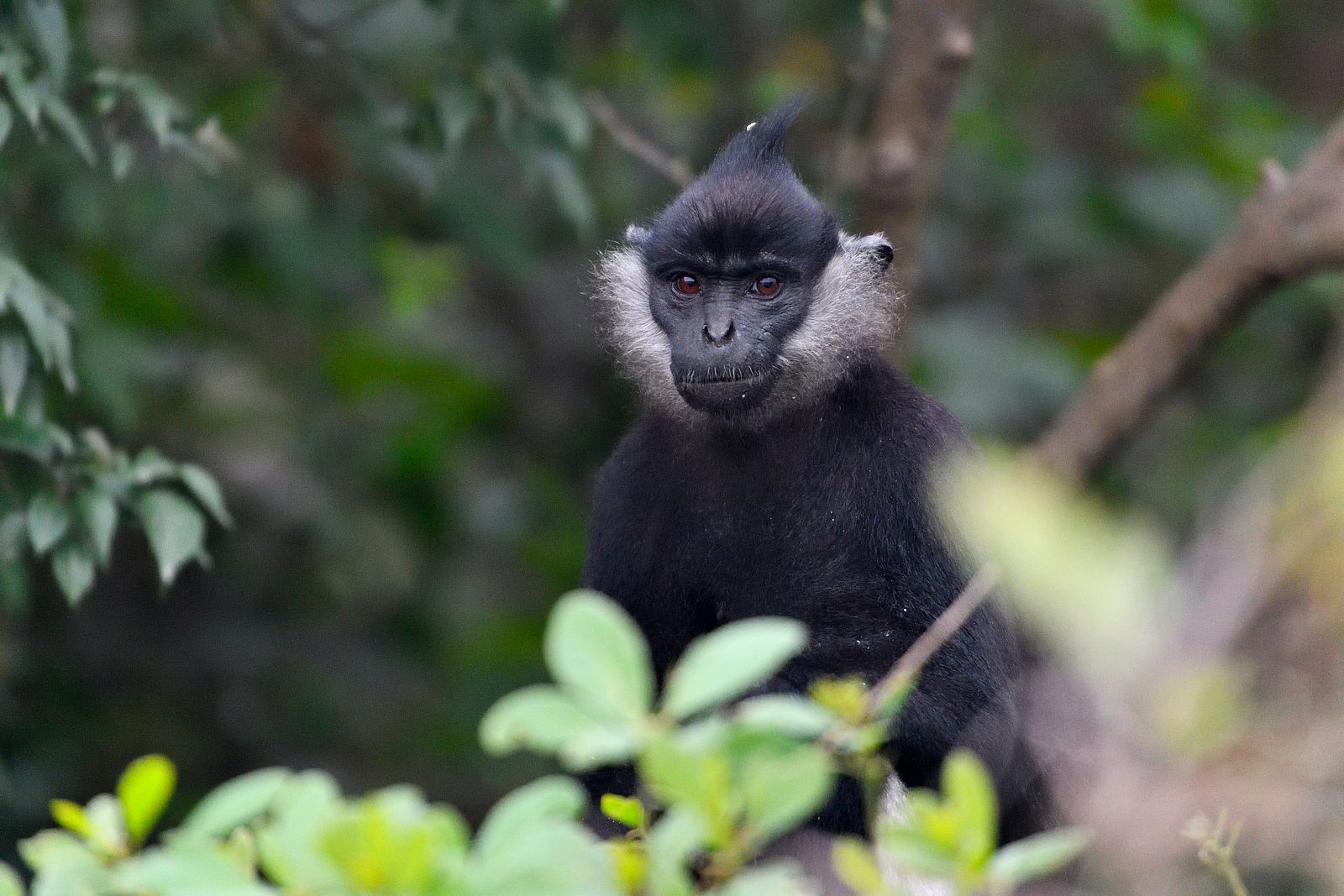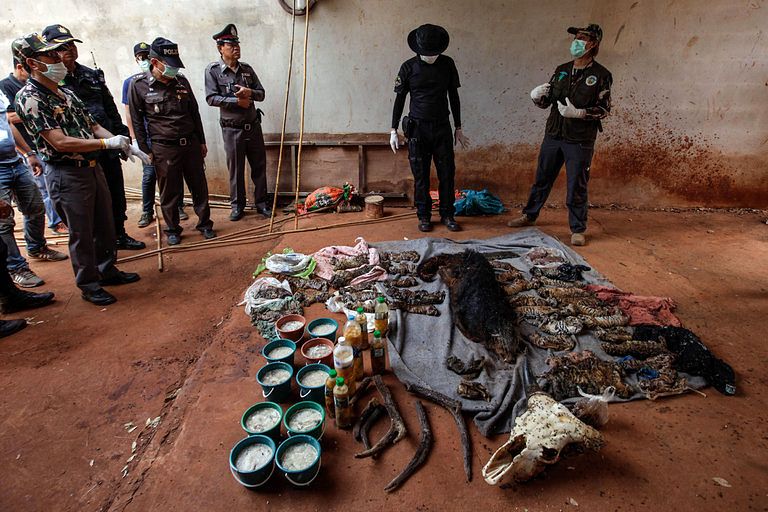The Greater Mekong region continues to prove its important role as one of the world’s most biologically diverse ecosystems.
Wilderness preservation NGO the World Wildlife Fund (WWF) recently published a report on new species that were discovered within Greater Mekong, the international subregion surrounding the Mekong River basin in Southeast Asia.
According to the study, in 2016, scientists found three new mammals, 11 amphibians, two fish, 11 reptiles and 88 plants in Cambodia, Laos, Myanmar, Thailand and Vietnam.
WWF’s regional representative for the Greater Mekong Stuart Chapman told The Guardian: “[The discovery of] more than two new species a week, and 2,500 in the past 20 years, speaks to how incredibly important the Greater Mekong is.”
“The species in the Greater Mekong deserve protection from unscrupulous collectors who are willing to pay thousands of dollars or more for the rarest, most unique and most endangered species,” Chapman added.
In Vietnam, researchers uncovered 65 new species of plants and animals, including a crocodile lizard, a frog and two types of moles.

The crocodile lizard (Shinisaurus crocodilus vietnamensis)
This medium-sized reptile was first encountered in 2003 by Dr. Thomas Ziegler and his research team. However, it wasn't until last year that they published official documentation proving that the specimens found in northern Vietnam belong to a separate subspecies.
The situation is dire for the crocodile lizard, however, as fewer than 200 individuals remain in the country due to habitat destruction, coal mining and collection for the pet trade. “This [number] is terrifyingly low,” Dr. Ziegler shared in the report. However, the lizard has been placed on IUCN Red List since 2014.

The vibrant frog of northern Vietnam (Odorrana mutschmanni)
This small frog’s main habitat is the limestone karst forests of northern Vietnam, home to “a remarkable amount of endemic and rare species”, according to the WWF report. It was discovered by a research team spearheaded by Dr. Truong Nguyen in Ha Lang District of Cao Bang Province when they found the frogs perched on boulders and in shallow ponds in a forest.
Dr. Nguyen said of his discovery: “The discovery of new species not only improves our knowledge about biodiversity but also highlights the conservation value of the limestone karst forest. Since 2012, we have described five new species from the karst forest of Cao Bang Province.”
Like the crocodile lizard, the flora and fauna in Cao Bang are very vulnerable to environmental degradation, which has been exacerbated in recent years by the province’s growing quarrying activities, farm expansion and illegal timber logging.
The moles (Euroscaptor orlovi and Euroscaptor kuznetsovi)
Luckily for these small subterranean mammals, they’re not facing a threat of extinction like the aforementioned species since they primarly live underground, away from predators and humans. They were proven to be unique to Vietnam by Russian researcher Alexei Abramov and a team at the Joint Vietnam-Russian Tropical Research and Technological Center in Vietnam.
Dr. Abramov’s team has been studying Vietnam’s population of small mammals since 2002 and found that northern Vietnam’s network of rivers and streams has given rise to a divergence of unique species. “These new data are very important for understanding the history and formation of Indochinese mammal fauna,” he said in the report.
[Top photo via WWF]














